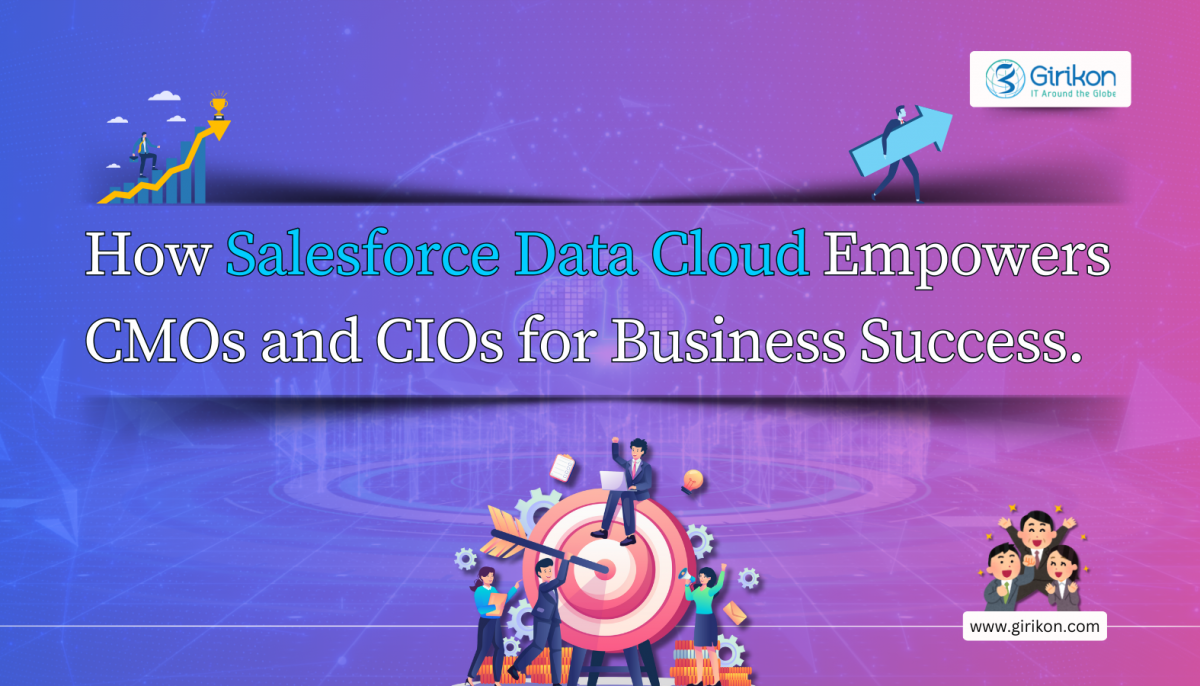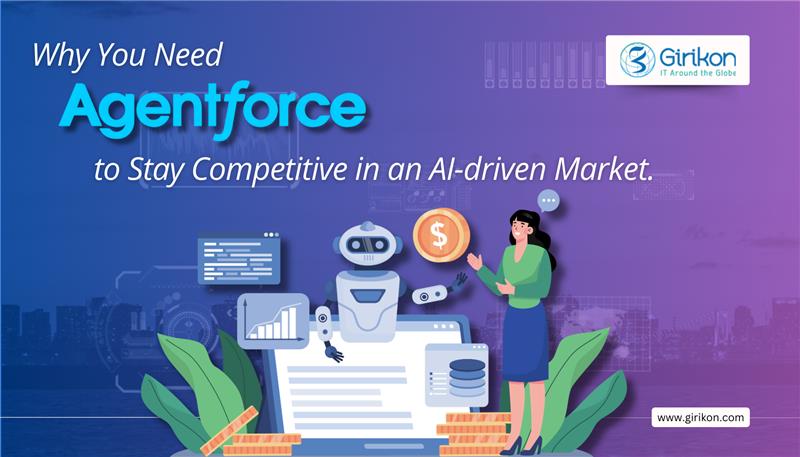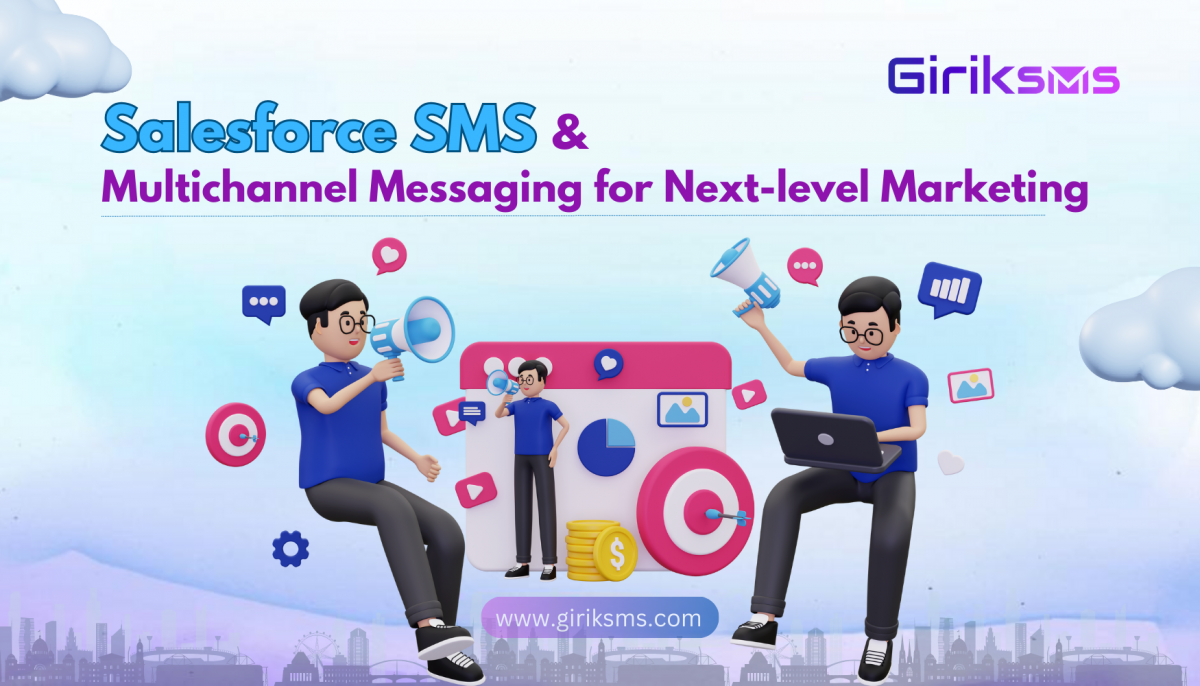Our Blogs
What is a subscription-based business model?
Subscription business models are those where customers pay recurringly for continuous access to a product or service. Subscription business models can accelerate growth by virtue of creating recurring revenue. This means as a business owner you get revenue again and again over predictable intervals such as monthly or annually as and when your customers renew their subscriptions.

What are the benefits of subscription-based business models?
Subscription business models protect you during circumstances created by economic uncertainties. They create a stream of predictable revenue from a stable base of returning customers allowing you to plan for longer into the future. Here is some further detailing of the benefits.
Fast Tracked revenue. As your business attracts more customers, recurring revenue from subscriptions grow exponentially. It’s always more convenient to manage existing customer than to attract and retain new ones. Subscription results in better retention drives revenue growth more efficiently and easily.
Predictable revenue. You don’t need to plan quarter to quarter. Businesses who offer subscriptions, more often than not, start each quarter with a predictable expected revenue closer to the preceding quarter and then build on top of that.
Business agility. Once you establish long-term relationships with your customers, you get access to valuable continuous data that will help you to get a better understanding of your customers, and consequently empower you to server them better as you go. Armed with aggregated customer data of their past interactions with you, you can learn about them faster and respond with new appropriate offerings. And the more this happens, the more efficient and unique your offerings will become.
What are the different kinds of subscription business models?
There are several kinds of subscription business models, but essentially, they all mean the same thing which is, you charge for access to products instead of charging for the products themselves. Here’s a look at three of the most popular ones:
Subscription model: Revenue is set for each subscription cycle which could be weekly, monthly or annual. The charges payable are predetermined and based on a fixed date cycle. For example: a fixed monthly subscription fee for a music or video service.
Consumption model: In this case, revenue is variable. The amount that is chargeable and when it is due is based on usage. For example, a cab service.
Hybrid model: In this model, customers are offered a mix of subscription and usage. In this case revenue has both fixed as well as variable components. For example: over usage data fees on your internet usage on top of a fixed monthly service fee for a fixed data usage cap.
How can I implement a subscription-based model for my business?
To implement a subscription model, you need to adopt tools and processes that allow you to create a consistent buying journey, while knowing that customers move through different channels and make modifications to their subscriptions with each of them over time. Once you create a consistent journey, track new metrics to ensure you are on the right path.
Here’s how you can get there:
1. Empower customers to subscribe and pay over any channel
With a subscription-based revenue model, you are constantly interacting with your customers, and they are not always available for a conversation. And in today’s pandemic reality, they increasingly want to engage on their own term. In fact, recent research suggests that they now prefer digital self-service and remote customer service rather than face-to-face interactions.
Businesses need to make it possible for customers to renew and/or upgrade their subscriptions and pay instantly on the channels of their choice. This could translate to having a website or a mobile app, to enable that service.
It’s a known fact in today’s digital business context, customers don’t just want to choose digital channels for interaction. They want to be able to cross them.
As a business, you want to know how you can deliver a seamless and consistent journey across channels. For instance, a customer might initiate a purchase on your online store, but then being routed to a sales rep when they stall or hesitate at checkout. A good subscription management mechanism can help. It combines customer relationship management tools, and along with the power of self-service, provides access to the same data to all teams. Once they have that, they can pick up customer conversations from where they left off.
As a business, you want every touchpoint with the customer to be amazing. And in order to deliver an exceptional journey, you need to integrate all customer data for a compete view of your customer. Subscription management provides a mechanism way to connect customer data that delivers a seamless journey and provides a great customer experience at every touchpoint.
2. Deliver value to customers
Subscriptions don’t mean much if they are delivering value to your customers at every step. You’re consistently asking them to renew and pay for their subscriptions. IF there is no value in the offering, customer won’t renew their subscriptions. Consequently, they’ll fall through the cracks and your growth will hit a roadblock.
There needs to be a paradigm shift in your thinking from delivering products to delivering value. How can you consistently deliver value-as-a-service to your customers? For instance, Spotify doesn’t sell music. They offer entertainment-as-a-service. Likewise, an e-retailer doesn’t just deliver great products. They deliver an exceptional buying and customer service experience-as-a-service.
Value is unlocked as customer’s access and use the product. This brings customer service teams into focus, who will need to ensure sure adoption and customer satisfaction is high to the point of being delightful.
A customer relationship management system that provides complete visibility of data and a certain level of automation is vital. Visibility helps you keep an eye on and act on adoption and usage patterns. And you can jump is to support and assist a customer to fix an issue early before it becomes a nuisance. For instance, with automation you can make it easy and fast for customers to start using new products or services they’ve purchased.
3. Understand recurring revenue with new metrics
Customer acquisition is a thing of the past. It doesn’t hold the key anymore. Customer value, which leads to customer retention, which eventually drives recurring revenue, are the key metrics now. How will you improve customer retention without measuring it?
Let us first look at customer value metrics. You can measure customer value by tracking exactly how much your customers are using your subscription offering. One of the key metrics is to track is average revenue per user, which is as simple as it sounds. Gross revenue divided by number of users. As your business evolves, with more processes and automation in place, you will become more and more effective at targeting customers with the appropriate offerings, all while retaining them and getting them to renew their subscriptions. And once that happens you will see an improvement in the average revenue per customer.
To measure growth in top-line revenue, you need to monitor monthly and annual recurring revenue. These are significant since increasing them translates to your revenue streams becoming more and more predictable and that allows you to plan ahead.
Ready to open new paths to revenue growth?
A subscription-based business model is today’s new reality of a digital-first approach for business. However, it can only succeed if its authentic. Customers are smart. And you can’t fake value to them. They will renew only when they get real, consistent value for their money. It’s both a challenge and an opportunity to get close to your customers, not just know them better but understand them better, and offer what they want in the way they want it.
Girikon is a Certified Salesforce Consulting Partner and can help you to re-imagine your offerings and envision a whole new customer journey.
Contact us today to learn how a subscription-based revenue model can deliver value to your customers and drive revenue and agility for your business.

 +1-480-382-1320
+1-480-382-1320 +44-7428758945
+44-7428758945 +61-1300-332-888
+61-1300-332-888 +91 9811400594
+91 9811400594


















